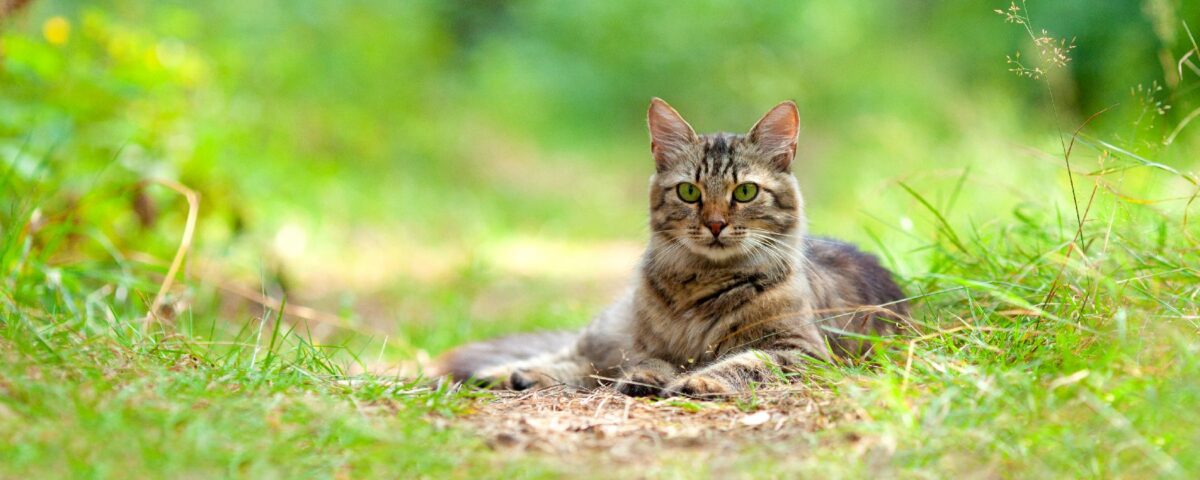
Diabetes in Cats
Posted: 02/14/2023 | Categories: Common problems in cats
What is cat diabetes?
Feline diabetes (sometimes referred to as diabetes mellitus) is a condition in which your feline friend cannot properly produce or respond to the hormone insulin; causing an increase in glucose levels. Glucose is your cat’s primary source of energy, and so an imbalance will mean that your cat’s body has to rely on other sources of energy, such as stored fat, which can be very dangerous. Feline diabetes isn’t very common, with only 0.2 – 1.0% of cats receiving a diagnosis.
What are the symptoms of cat diabetes?
There are a variety of symptoms that you can look out for if you have concerns that your cat has diabetes. Weight loss despite an increase in appetite, an increase in thirst and urination, and in extreme cases cats may develop nerve damage in their back legs.
The risk factors involved:
With most medical conditions there are risk factors. Diabetes in cats is particularly concerning if your cat is:
- Obese
- Physically inactive
- Elderly
- Neutered
- Male
How is diabetes diagnosed in cats?
Your vet will carry out a blood test if they suspect your cat may have diabetes, and will check for elevated levels of glucose in the blood and urine. Your vet will then assess your cat and ask you if you have seen any changes in weight, appetite, water intake and urination, as these signs may indicate that your cat has diabetes. Some vets will give a second test at a later date if they believe your pet was stressed during the first one, as high stress levels can make the results inaccurate.
What is the treatment for feline diabetes?
Once your cat has been diagnosed with diabetes they will most likely be treated with injections of insulin. Often the owner will be taught how to inject the insulin at home and this will become a seamless routine between you and your animal. Another treatment for cat diabetes is managing their diet properly, as restricting their carbohydrate intake can help manage glucose levels in the blood.
Do I need to change my cat’s lifestyle after being diagnosed with diabetes?
Frequently administering insulin at home will likely be the biggest change that you’ll need to get used to. Many owners find it helpful to get organised with a diary or calendar to keep a log of their felines health. Record test results, changes in a weight and behavior. Always ask for advice from your vet is you have any concerns and to make sure you are monitoring your cat’s health properly.
Another change in daily routine you may come across is diet and exercise. If your pet is underweight this may mean feeding frequently throughout the day, and if your pet is overweight then you’ll have to begin a weight loss plan to improve their health. Foods that are high in fat or human scraps given to your cat won’t help improve their condition, so keep track of what your pet is eating, and they should be able to live with the condition happily.
Can feline diabetes be prevented?
Some cats will get diabetes no matter what preventative measures are taken by the owner. But there are simple steps you can take to reduce your animals’ chances of developing this disease.
Keeping your cat in good health and taking care of them properly insures little risk of developing diabetes. A healthy diet and consistent exercise is a good starting point, alongside regular check-ups with your vet which will ensure that symptoms are spotted early and that treatment can be established before other health concerns become an issue.